Les Paul’s partner Mary Ford was a talented guitarist in her own right. At long last she’s getting her own signature Gibson Les Paul.
The latest addition to Gibson's Les Paul line, it's the first public release of an ultra-rare signature model from the Golden Era
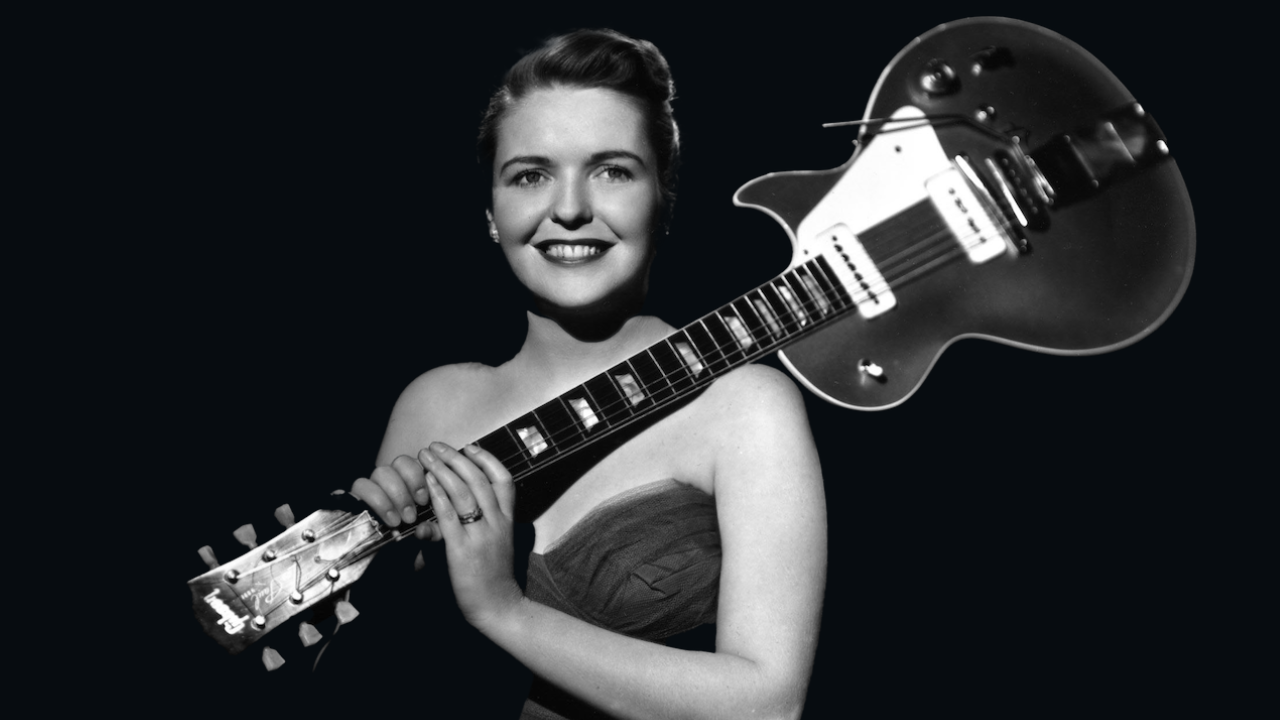
Mary Ford is remembered for her smooth vocals on a slew of hits she recorded with Les Paul. “How High the Moon,” “Vaya Con Dios” and “Mockin’ Bird Hill” are but a few of their classic hits from the 1950s on which Mary’s voice took center stage whenever Les wasn’t stealing the spotlight with his virtuoso licks.
But Mary was a fine guitarist in her own right, as she demonstrated alongside Les in a classic bit of musical comedy from a 1950s TV show appearance, where they perform "There's No Place Like Home.”
Now Ford is getting her due with the new Gibson Mary Ford Les Paul Standard. What's more, it's the first public release of an ultra-rare signature model from the company's Golden Era
The basis for the model is a 1958 goldtop Les Paul that Gibson believes was made for Ford. As Gibson explains, Ford often played a custom ES-295 with a floral pickguard, which she ordered in 1951. Subsequently, in 1958, a Les Paul Goldtop with an ES-295–style floral pickguard and matching armrest was created, most likely at Ford’s request.
The Mary Ford Les Paul is based on that one-of-a-kind original guitar. It features a mahogany body with a maple cap, and a mahogany neck with a rosewood fretboard and SlimTaper profile. The guitar is powered by a pair of Burstbucker pickups, with a Burstbucker 2 in the neck position and a Burstbucker 3 in the bridge position.
Beyond its cream-and-gold floral pickguard and armrest, the guitar’s most unique feature is a Goldtop finish accented by a Vintage Cherry back, a rarity for a Goldtop model.
Ford would be 100 in 2024, making the release of this signature model a centennial tribute to her talents and memory.
All the latest guitar news, interviews, lessons, reviews, deals and more, direct to your inbox!
“I am thrilled that Mom is receiving this recognition for her talents,” says Mary Colleen Wess, the daughter of Mary Ford and Les Paul. “I wish she was still with us to enjoy this wonderful honor, which she so richly deserves.”
Born Iris Colleen Summers in 1924, Mary Ford belonged to a musical family and began to make a name for herself as a vocalist with the Sunshine Girls trio, who backed up country singer Jimmy Wakely. By the mid 1940s, she was a popular western vocalist on radio station KXLA in Los Angeles, where she performed on the show Dinner Bell Round-Up Time. She was well on her way to stardom by the time she met up with Les Paul in 1945.
“For a woman in the 1940s to say ‘I have talent, I’m gonna chase it’ — that’s incredible,” says Austin rock guitarist Emily Wolfe in Gibson’s video about the new model, shown below. “That was the start of her incredible legacy.”
As Les Paul & Mary Ford, the duo cut numerous sides that defined popular music in the 1950s. Of their 16 top 10 hits, five were achieved within nine months: “Tennessee Waltz,” “Mockin’ Bird Hill,” “How High the Moon,” “The World Is Waiting for the Sunrise” and “Whispering.” Many of their songs were cut at home in Paul’s groundbreaking multitrack recording studio. Ford and Paul’s collaboration ended with their divorce in December 1964. She continued to record sporadically prior to her death on September 30, 1977
The Mary Ford Les Paul Standard in Goldtop finish is now available worldwide at authorized Gibson dealers and on Gibson.com. As part of the new Mary Ford Collection, Gibson is offering an Oxford Pennant, a bandanna, and a T-shirt from Nashville-based design brand imogene + willie as part of the Mary Ford Collection.
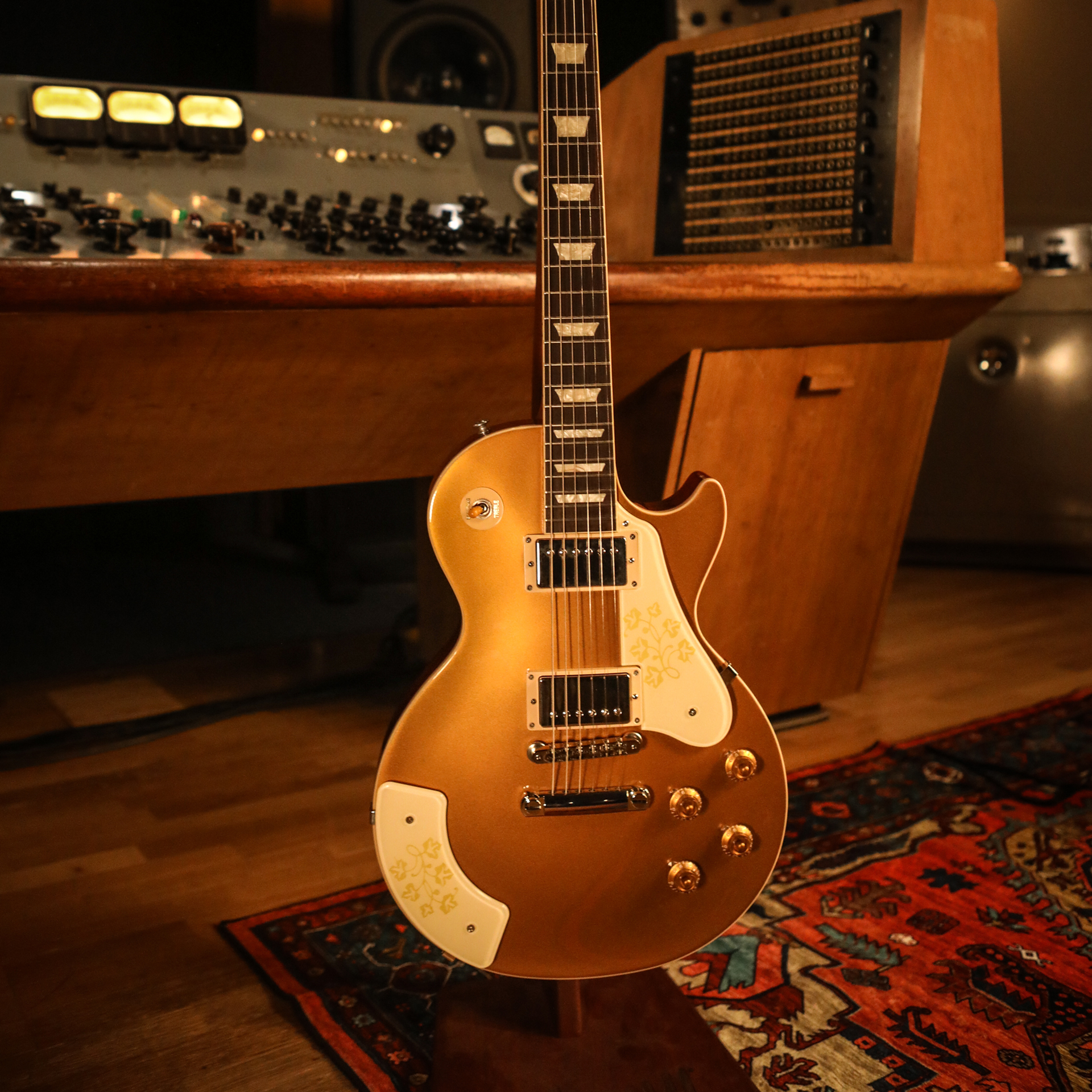
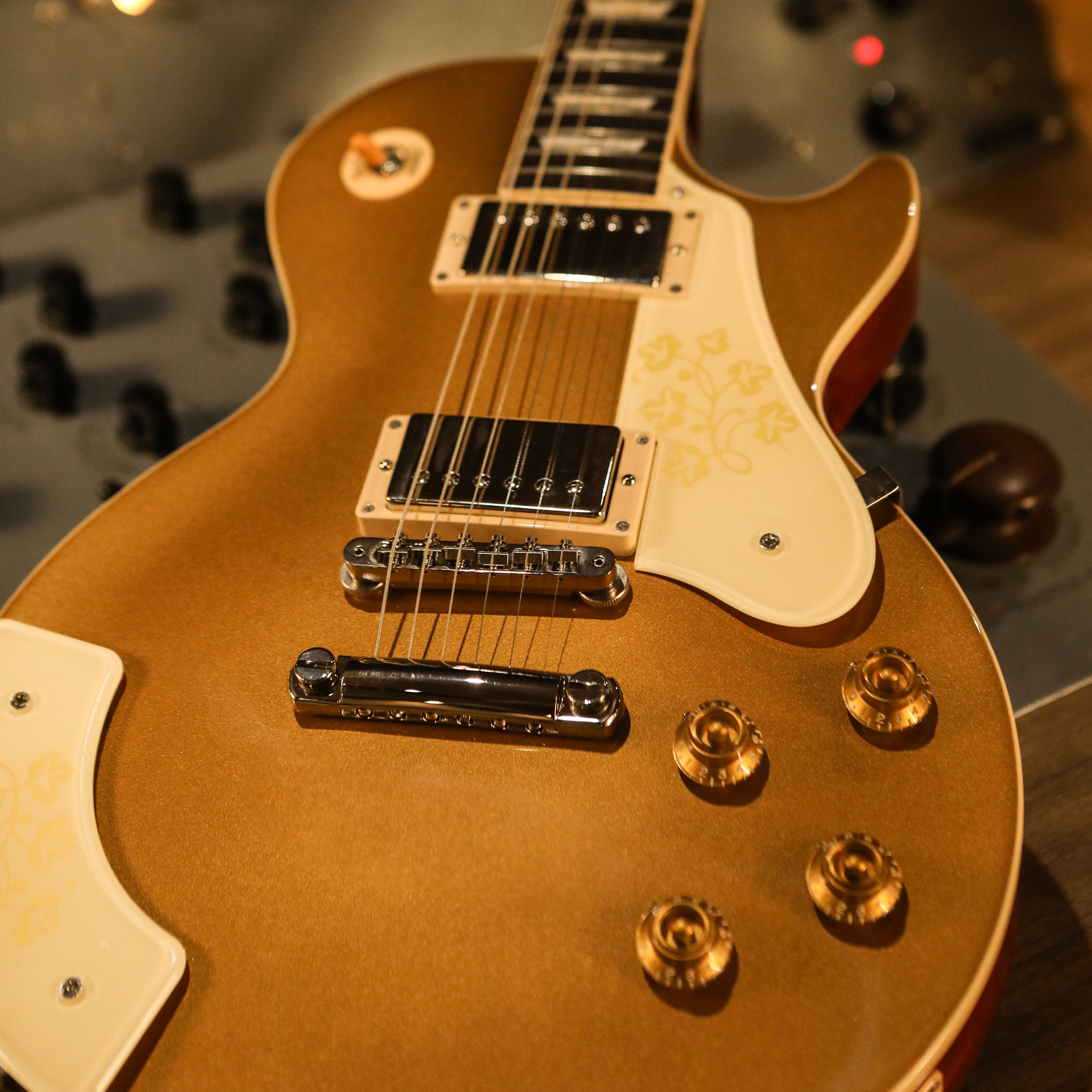
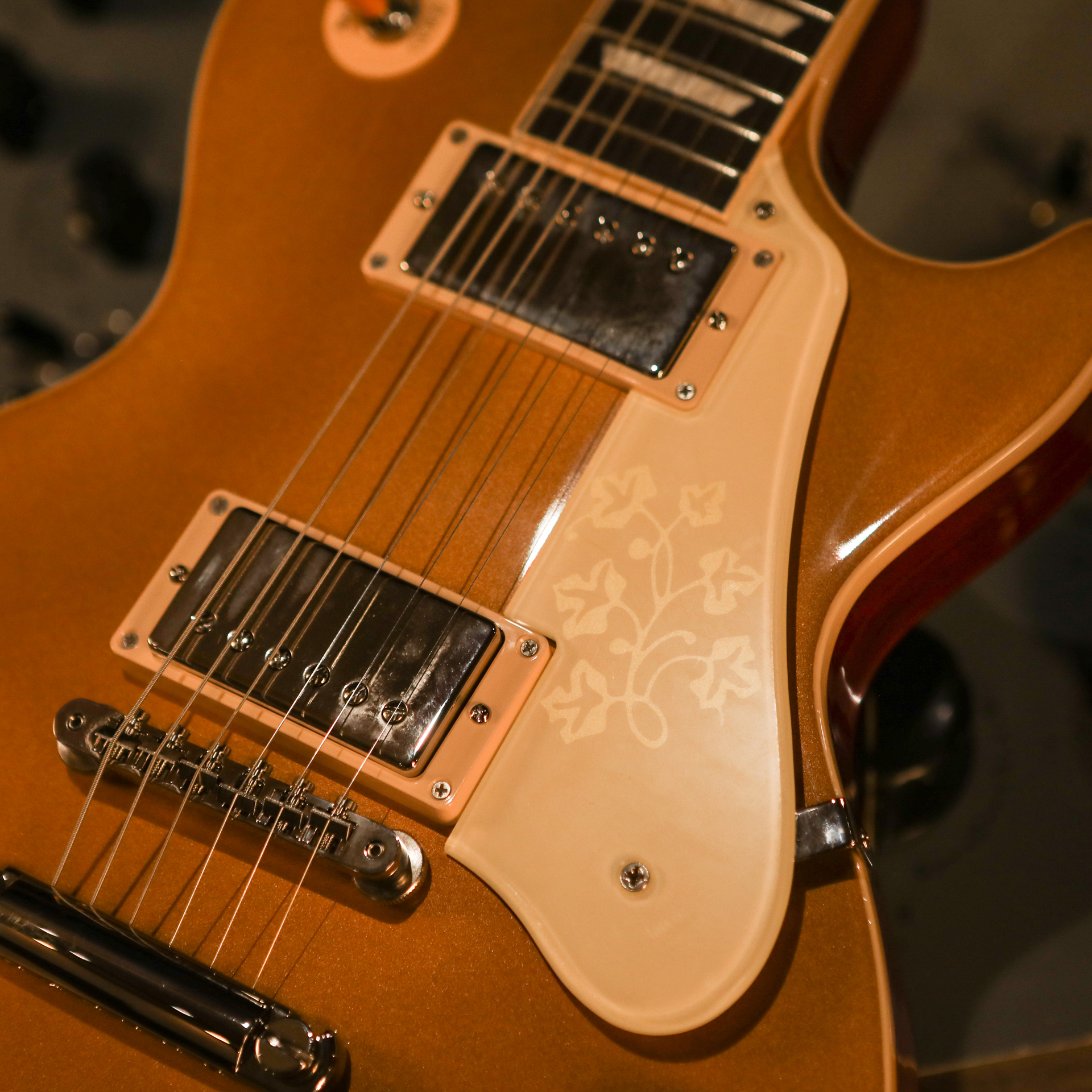
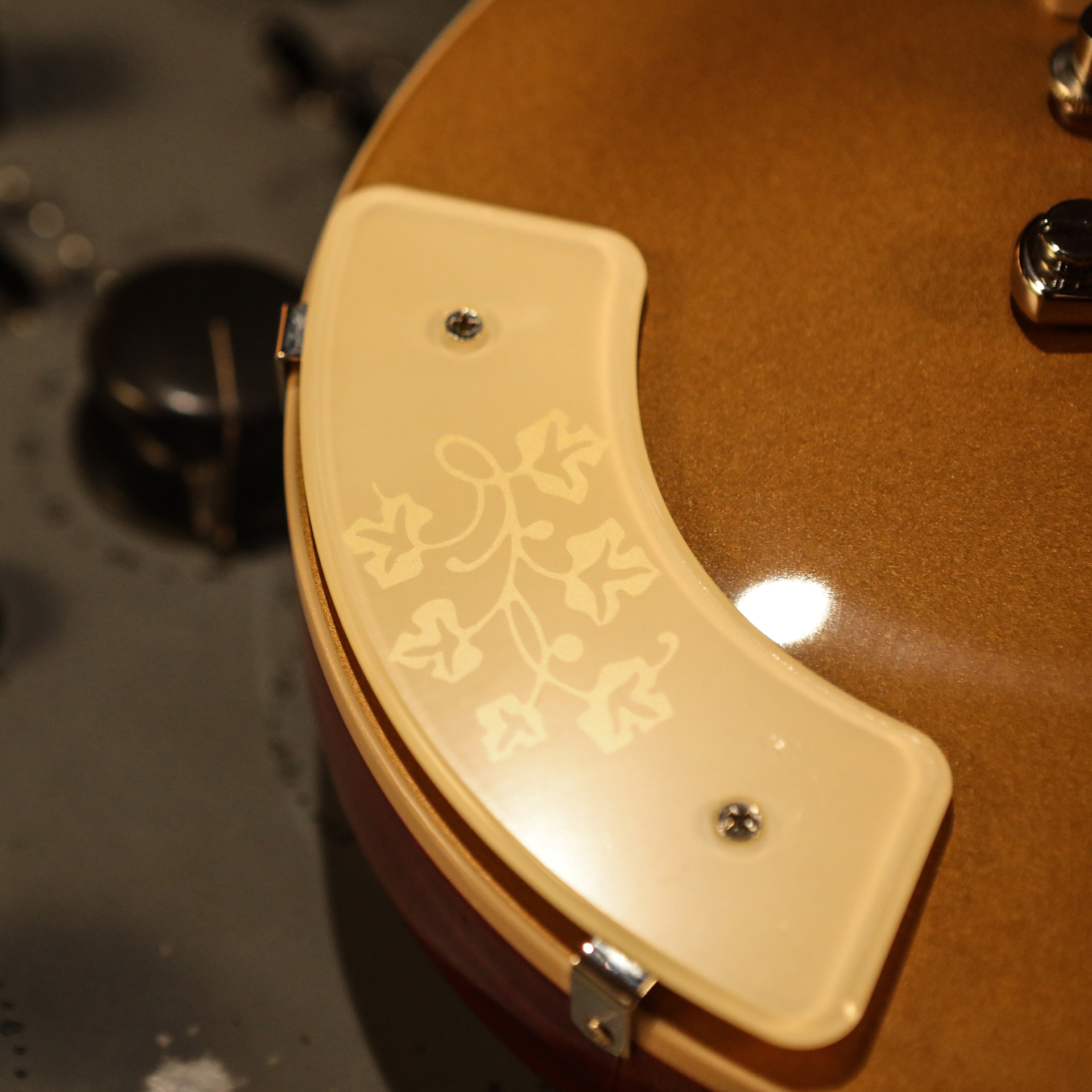
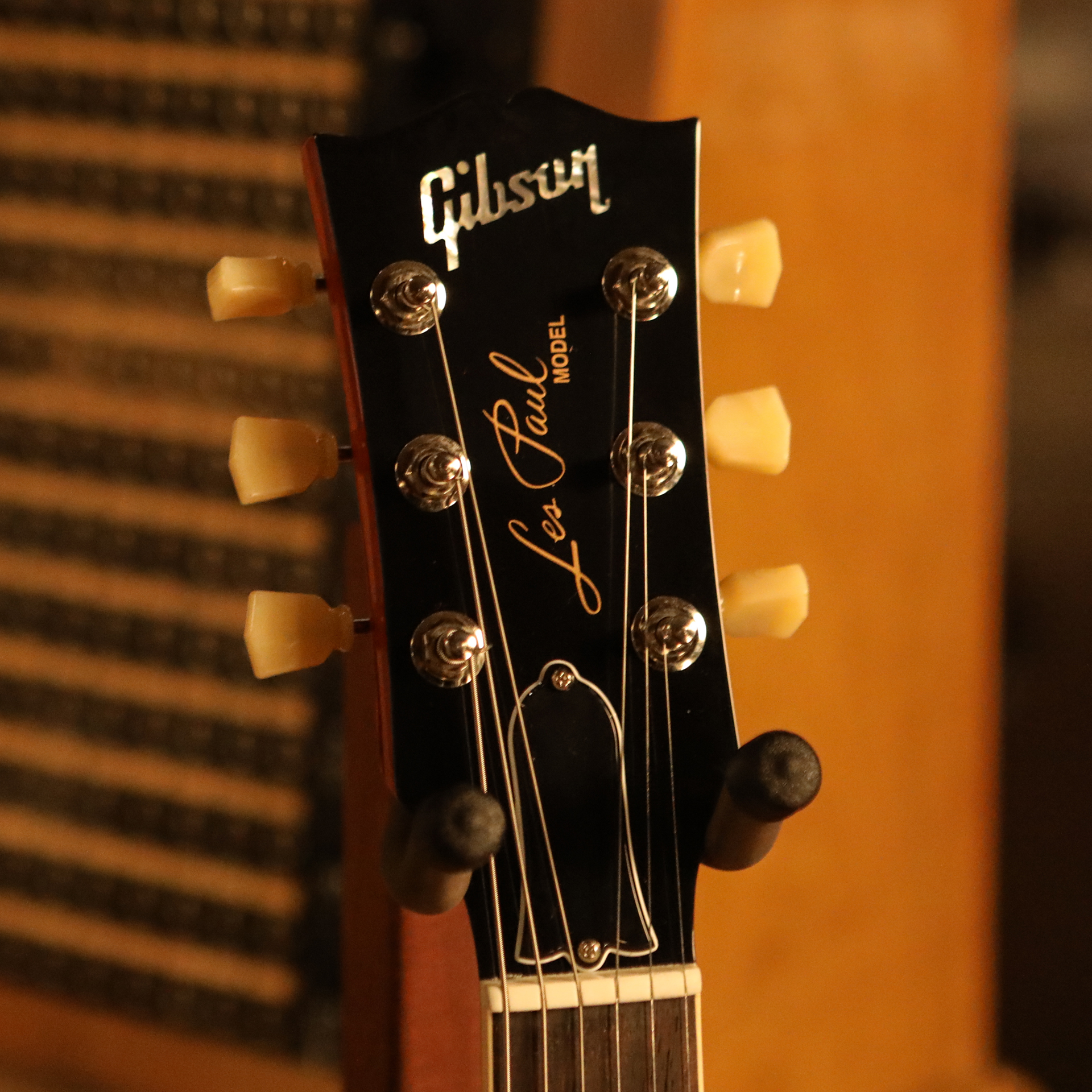
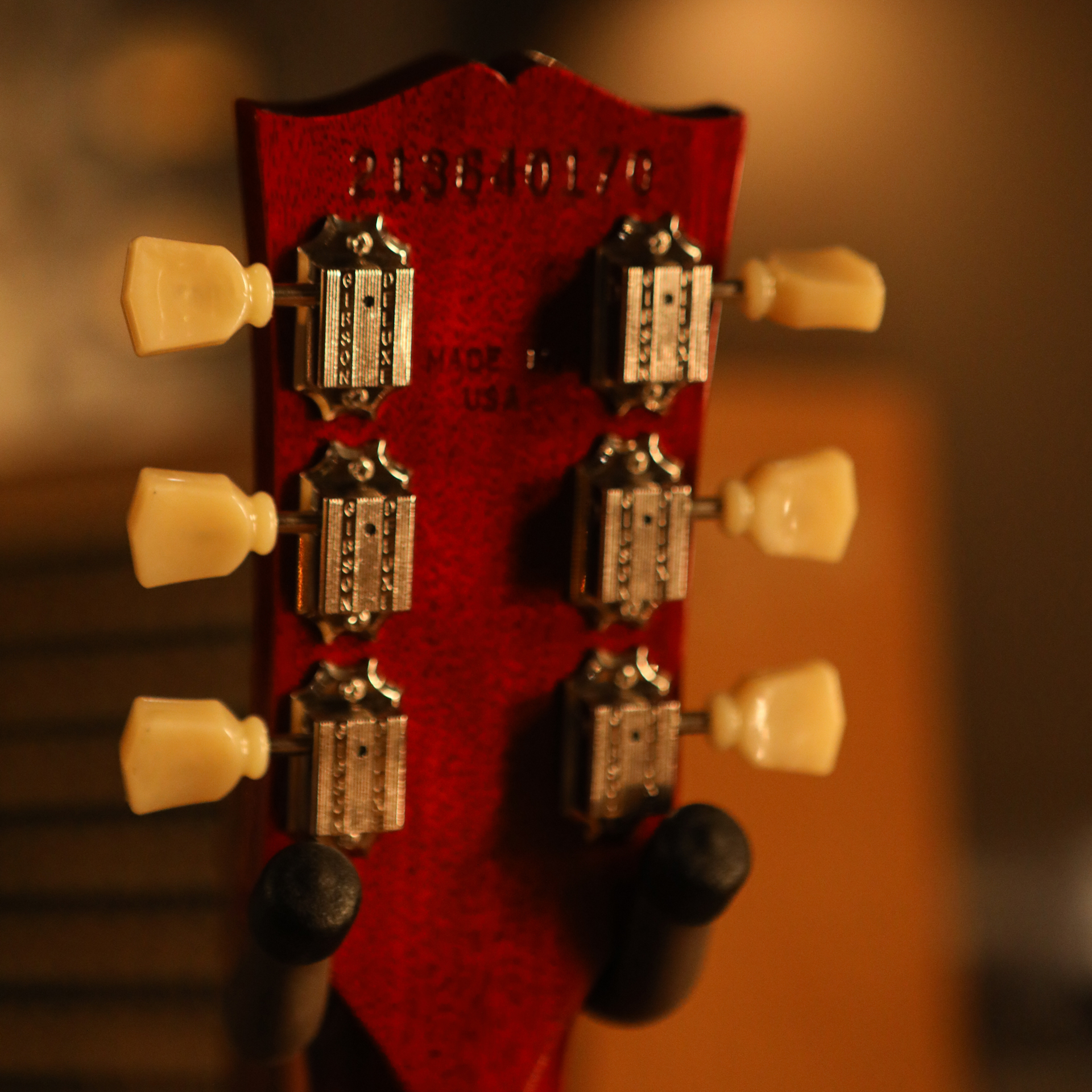
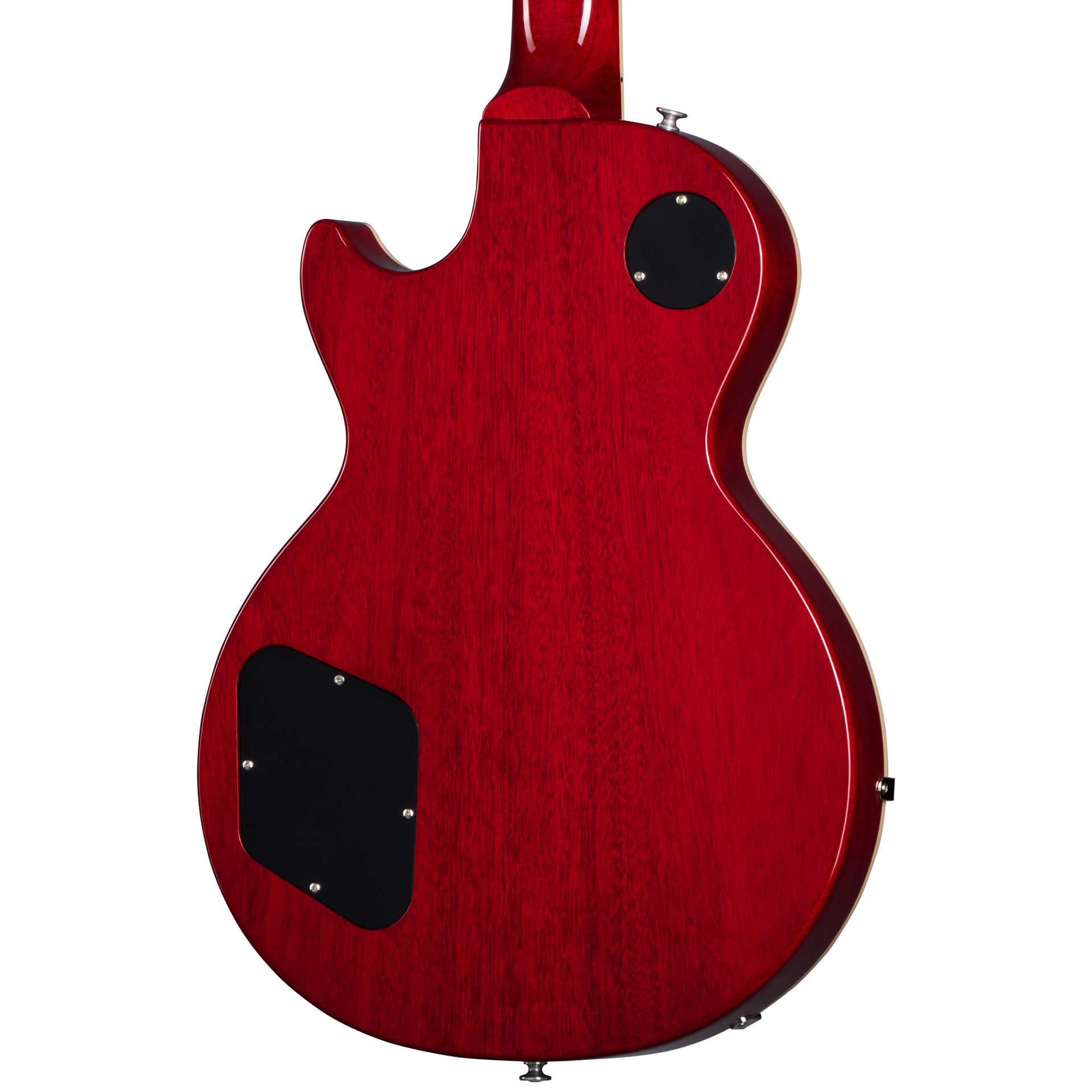
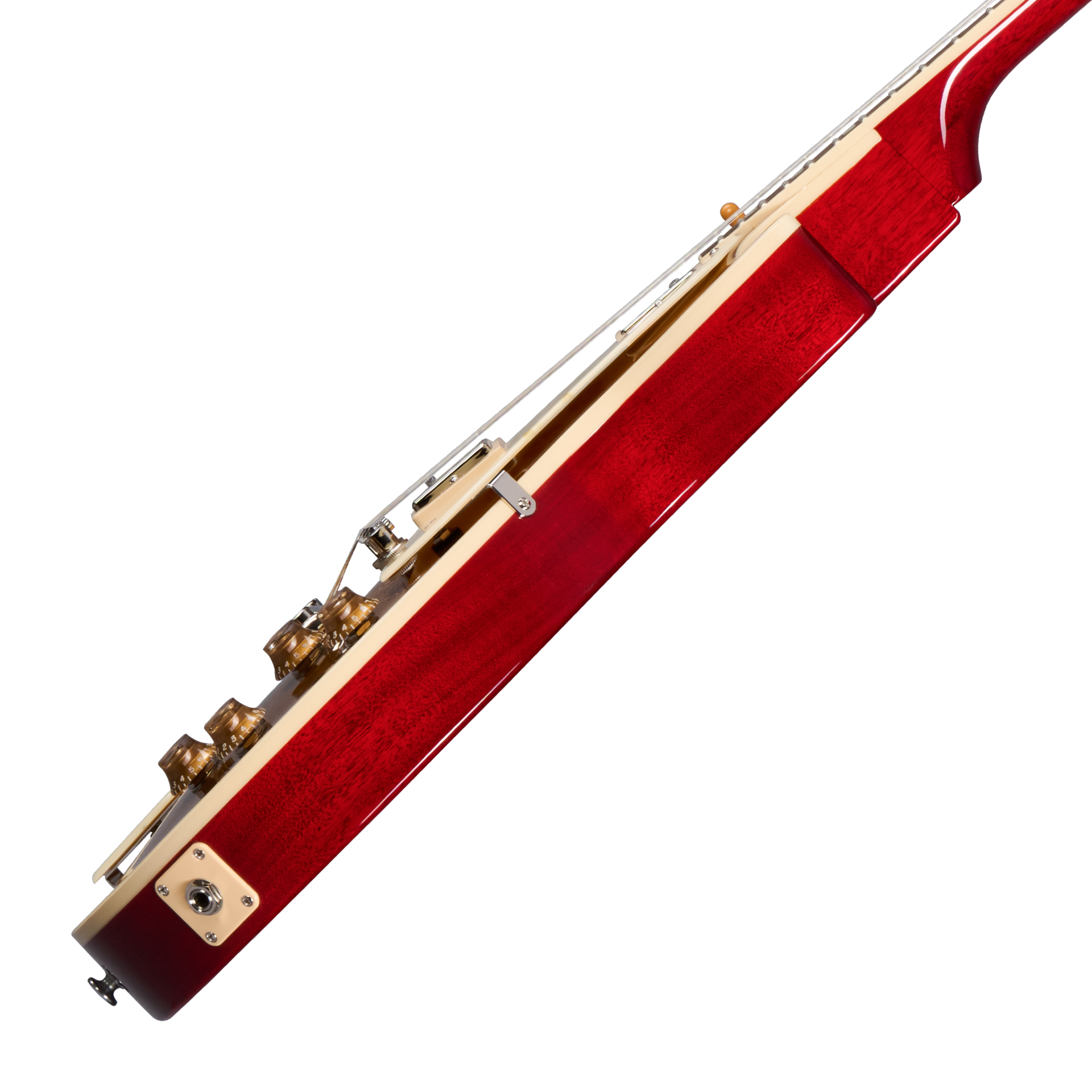
Christopher Scapelliti is editor-in-chief of GuitarPlayer.com and the former editor of Guitar Player, the world’s longest-running guitar magazine, founded in 1967. In his extensive career, he has authored in-depth interviews with such guitarists as Pete Townshend, Slash, Billy Corgan, Jack White, Elvis Costello and Todd Rundgren, and audio professionals including Beatles engineers Geoff Emerick and Ken Scott. He is the co-author of Guitar Aficionado: The Collections: The Most Famous, Rare, and Valuable Guitars in the World, a founding editor of Guitar Aficionado magazine, and a former editor with Guitar World, Guitar for the Practicing Musician and Maximum Guitar. Apart from guitars, he maintains a collection of more than 30 vintage analog synthesizers.


